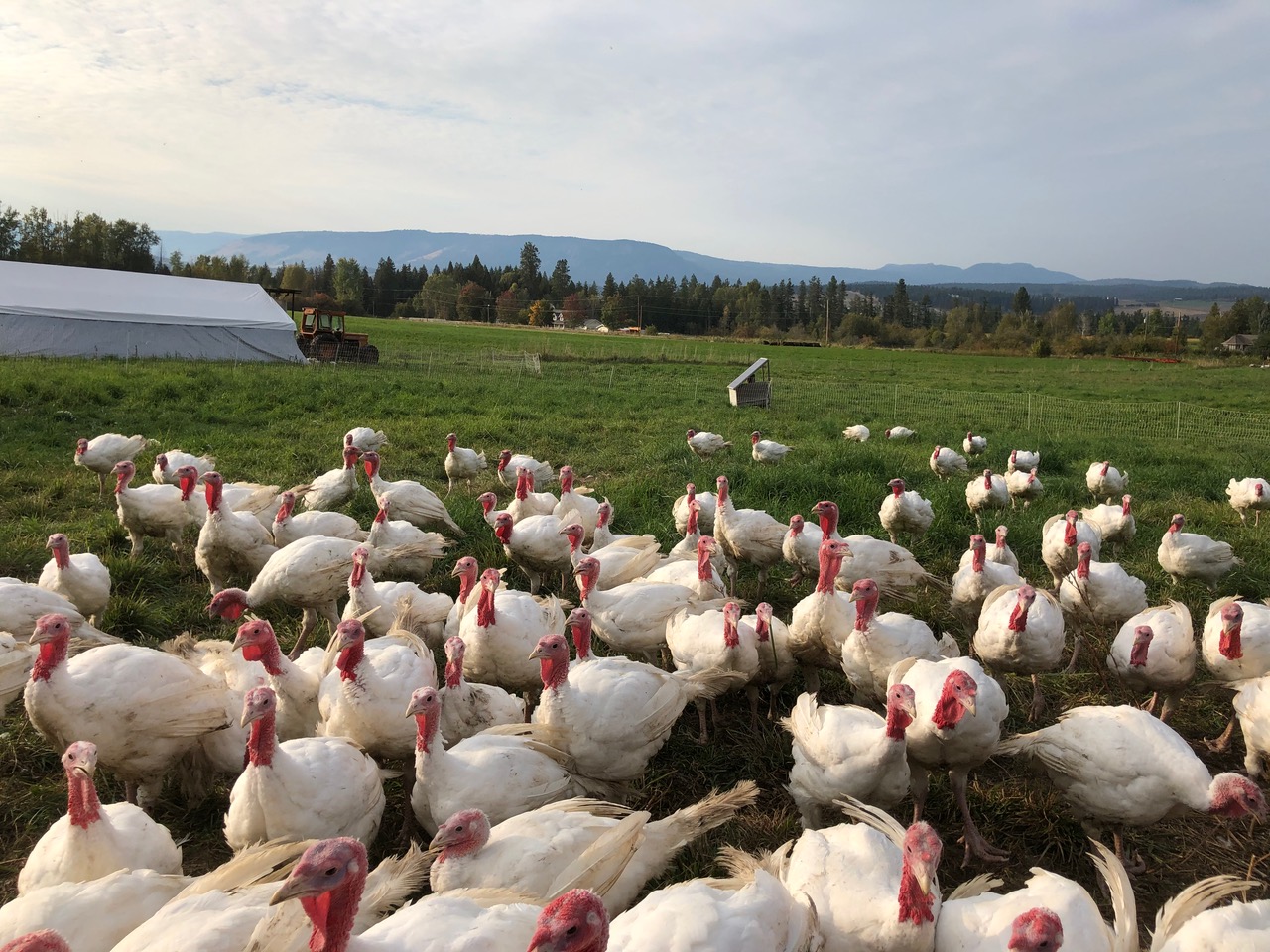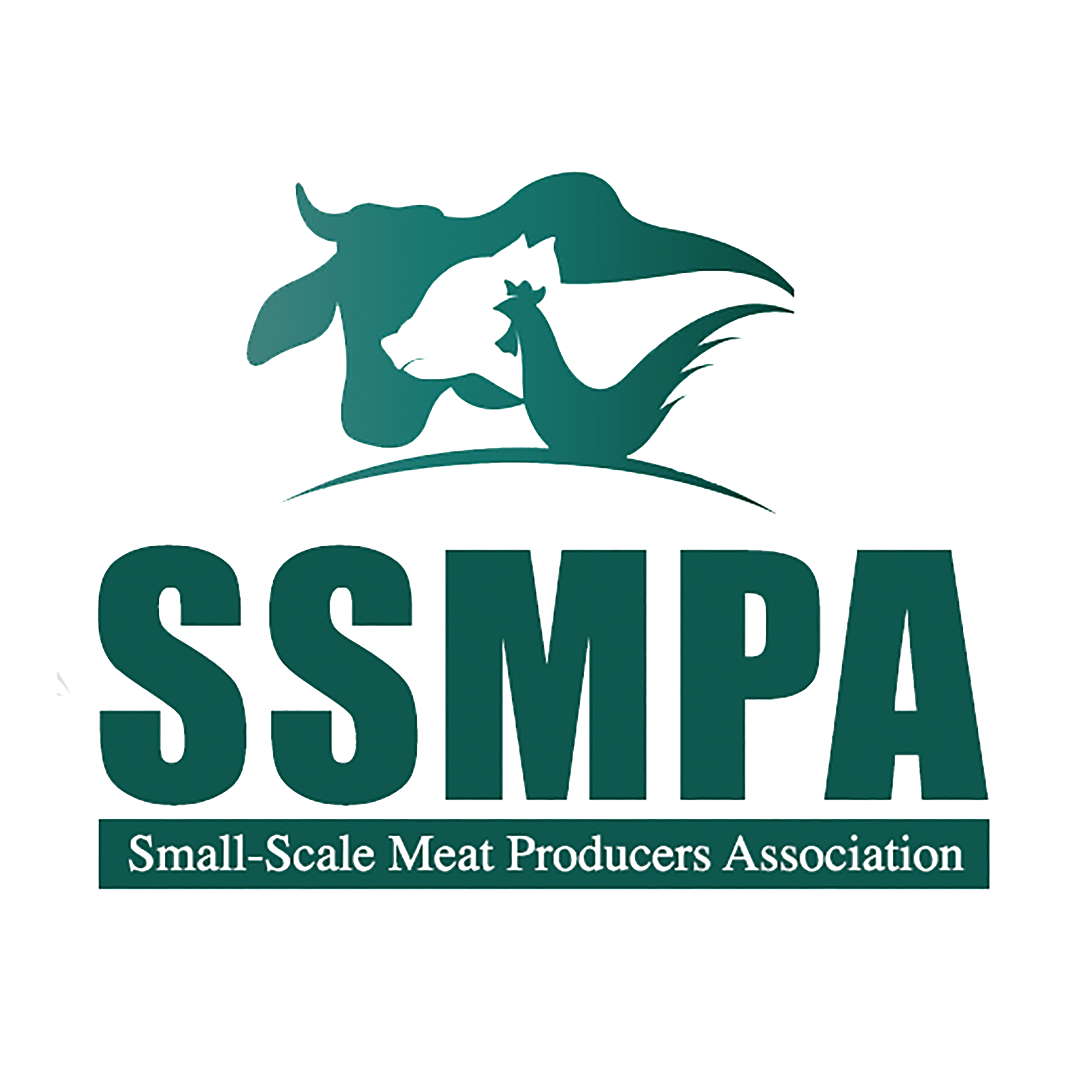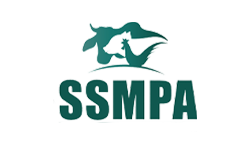
The following is attached to the current General Order requiring all commercial poultry to be kept indoors until June 13th. Producers who follow these protocols are conditionally exempt from the order.
As a result of confirmed cases of Highly Pathogenic Avian Influenza in the province, all poultry producers in BC have been advised to increase their biosecurity practices. The Small-Scale Meat Producer Association has produced this guide to assist small-scale poultry producers to meet biosecurity goals within their specific context, which may include outdoor or pasture-based systems, multi-species production and on-farm slaughter.
These enhanced biosecurity measures should be implemented immediately by all small-scale poultry operations due to the increased risk posed by Avian Influenza. You are responsible for reducing the possibility of disease infecting your flock, as well as preventing spread to other producers should your flock become infected. Biosecurity planning and implementation reduces the risk of infectious disease transfer within and among poultry flocks. Improving biosecurity protects both your economic interest and that of the broader poultry industry. Furthermore, it reduces the risk to public health that may result from certain poultry diseases. For more detailed information on biosecurity for small-scale poultry producers, please refer to Protect My Flock – Biosecurity Guide for Non-Supply Managed Poultry.
Definitions
Avian Influenza (AI): a contagious viral infection commonly known as ‘bird flu’ that affects wild birds and poultry. AI viruses can be classified into 2 categories: low pathogenicity (LPAI) and high pathogenicity (HPAI) viruses, based on the severity of the illness caused in birds. In Canada, highly pathogenic avian influenza is a reportable disease under the Health of Animals Act, and all cases must be reported to the Canadian Food Inspection Agency.
Biosecurity: a series of management practices designed to reduce the introduction of disease and pests onto a farm (bioexclusion) and to minimize their spread within a farm and beyond (biocontainment).
Controlled Access Zone (CAZ): the area of land and buildings constituting the production area of the property that is accessible through a securable controlled access point
Restricted Access Zone (RAZ): an area inside the CAZ that is used, or intended to be used, to house animals, including for semi-confinement and range production, and where personnel adhere to strict biosecurity protocols. Access is more restricted than it is for the CAZ.
Cleaning: the physical removal of foreign material, such as dust, soil, and organic material with water, detergents, or mechanical action.
Disinfecting: the inactivation of disease-producing microorganisms using disinfectant chemicals, heat or ultraviolet light.
Poultry: domesticated avian species raised for eggs, meat and/or feathers, including chickens, ducks, turkeys, guinea fowl, geese, quail, pigeons, ostriches and pheasants.
Farm Layout and Location
Farm biosecurity starts with identifying disease transmission risks and taking steps to reduce those risks. Start by understanding the physical layout of your farm and identifying possible sources of contamination. Complete a farm map. This can be a simple hand-drawn diagram identifying important areas including:
- Access points, gates and barriers
- Driveways, lanes, walkways
- Visitor parking area
- Brooder and other poultry housing
- Pasture areas for poultry
- Shipping, receiving and storage areas
- Manure and deadstock management areas
- Wells and other water sources and/or riparian areas
- Restricted Access Zone (RAZ)
- Controlled Access Zone (CAZ)
Enhanced Biosecurity Measures
- Cancel all unnecessary farm appointments/visits
- Whenever possible, conduct activities through non-contact methods such as telephone, email or online meetings
- Keep informed of developments through sector organizations and the BC Ministry of Agriculture & Food
- Familiarize yourself with nearby poultry operations and other sources of risk (e.g. employees with backyard poultry at home)
- Closely monitor flock health for decreased feed and water intake, increased mortality, and unusual behaviour
- Obtain poultry only from reputable sources with biosecurity plans in place
- Limit the area that poultry can access using enclosed housing, fencing or electric netting
- Restrict contact between your poultry and wild birds & wild bird droppings
- Utilize physical barriers where possible (e.g. enclosed mobile housing, netting, shade cloth)
- Reduce wild bird attractants near your production areas, such as uncovered feed, standing water, and roosting/nesting areas
- Deter wild birds using scare devices, reflective scare tape, decoys, or livestock guardian dogs
- Eliminate contact between domestic waterfowl and other poultry
- Do not allow poultry to access standing water or ponds
- Surface water sources used for poultry drinking water supply should be treated
- Dispose of mortalities using appropriate methods such as on-farm composting or incineration
- Avoid lending or borrowing equipment
- Assess risks associated with your processing arrangement
- Thoroughly clean and disinfect crates, vehicles and trailers used to transport poultry before and after use
- Thoroughly clean and disinfect any shared processing equipment before and after use
- Limit contact with personnel and poultry at shared processing facilities
- Inform all family, friends, staff, service personnel, and allied trades of your enhanced biosecurity measures
Controlled Access Zone (CAZ)
The Controlled Access Zone (CAZ) is the area of land and buildings constituting the production area of the property that is accessible through a securable controlled access point.
- Ensure your CAZ barrier is defined and signed
- Only allow essential visitors into the CAZ
- Consider receiving services requiring farm access outside of your CAZ (e.g. dumpsters, fuel & propane tanks, courier deliveries)
- Establish CAZ parking and access areas for essential visitors
Restricted Access Zone (RAZ)
The Restricted Access Zone (RAZ) is an area inside the CAZ that is used, or intended to be used, to house animals, including for semi-confinement and range production, and where personnel adhere to strict biosecurity protocols. Access to the RAZ is more restricted than it is for the CAZ.
- Ensure your RAZ barrier is defined and signed
- Do not allow any non-essential personnel to enter the RAZ
- Train all essential personnel on enhanced biosecurity measures
- When entering the RAZ change into designated boots as well as Personal Protective Equipment (PPE) as per WorkSafe BC requirements
- Designate tools and equipment needed within the RAZ, disinfect them before they enter the RAZ and keep them there
- If equipment must be moved in and out of the RAZ (e.g. tractor, ATV), remove visible organic debris and disinfect tires and contaminated areas with an approved product prior to crossing the demarcation
- When exiting the RAZ leave any designated apparel and equipment on the RAZ side of the CAZ/RAZ demarcation
- Wash and sanitize your hands before entering and after exiting the RAZ
Typical Signs and Symptoms of HPAI
- Sudden increase in mortality
- Decreased feed or water consumption
- Decreased energy (lethargy, depression)
- Decreased egg production
- Soft-shelled, thick-shelled or misshapen eggs
- Swelling or purple discolouration of head, eyelids, legs or feet
- Difficulty breathing
- Coughing, sneezing, nasal discharge
- Incoordination, stumbling
- Abnormal position or twisting of the head and neck
- Diarrhea
If you suspect HPAI
You are legally responsible to notify authorities of serious bird diseases such as Avian Influenza. Contact your veterinarian if your poultry or waterfowl are showing the signs and symptoms above. Do not take sick or dead birds off the property unless directed by a veterinarian. If you don’t have a veterinarian, contact the BC Ministry of Agriculture and Food Animal Health Centre at 1-800-661-9903 for assistance or to report any unexplained illness or mortality.


